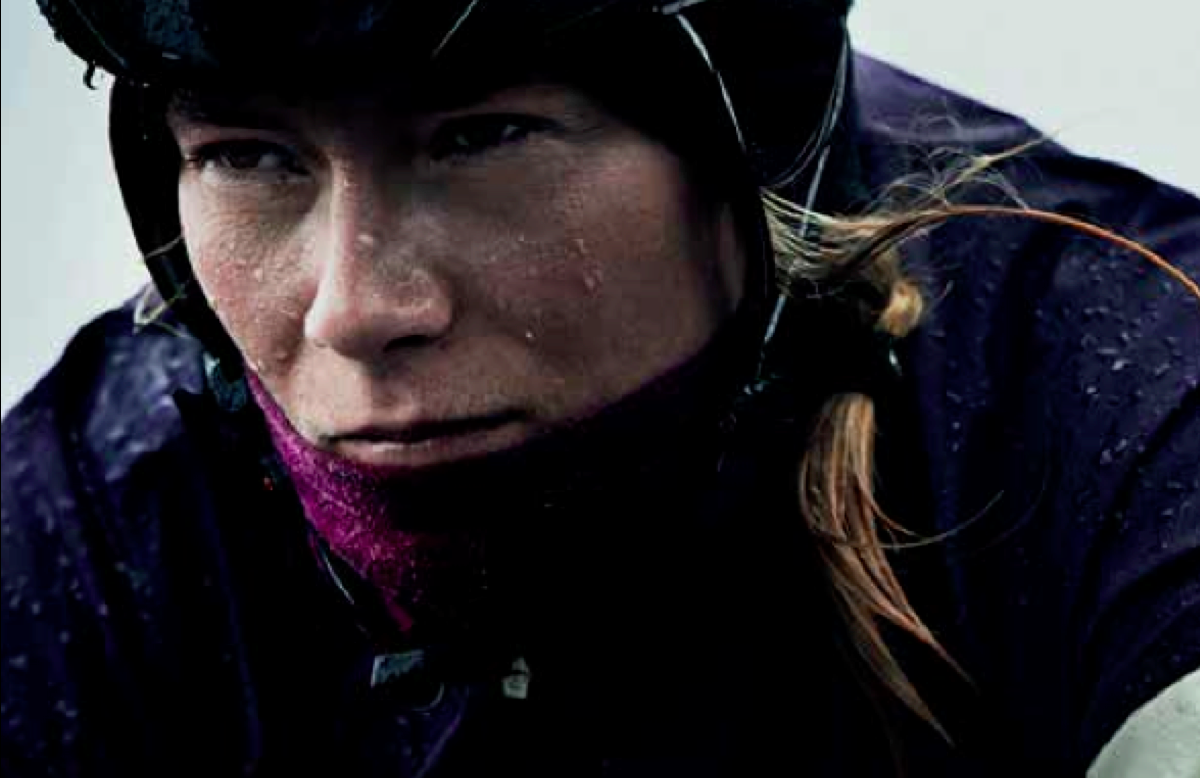DISCOVER YOUR LOCAL BICYCLING COMMUNITY
Find local advocacy groups, bike shops, instructors, clubs, classes and more!
12 Tips for #WomenBike Storytelling
One of the very first things I learned as a journalist was an evident but often overlooked fact: A story needs characters. No matter how important or compelling an idea or issue, it can’t come to life without a human face. This month, at the National Women’s Bicycling Forum, we examined how better storytelling can be a significant bridge to increasing bicycling.
The notion of “storytelling” has been a prevailing buzzword in marketing and media for several years — and with good reason. No matter what you’re selling, we’ve entered a digital age in which our lives are bombarded with marketing messages and our attention is enormously fragmented by the dizzying array of media platforms. As we explored with experts in media, marketing and the bicycle industry, getting more women — more people — on bikes is closely tied to connecting with current and potential riders in more effective ways.
The first way to reframe your thinking to stand out from the crowd — prioritize storytelling.
But what’s behind the buzzword? Here are just a few of the top take-aways from our discussion with Kim Price of Specialized Women; Leah Flickinger of Bicycling magazine, Chris DiStefano of Rapha and Tanya Quick of Language Dept and CycloFemme.
1) Listen to Maya Angelou: It’s not about the bike, Price reminded us. It’s about what the bike brings out in us.
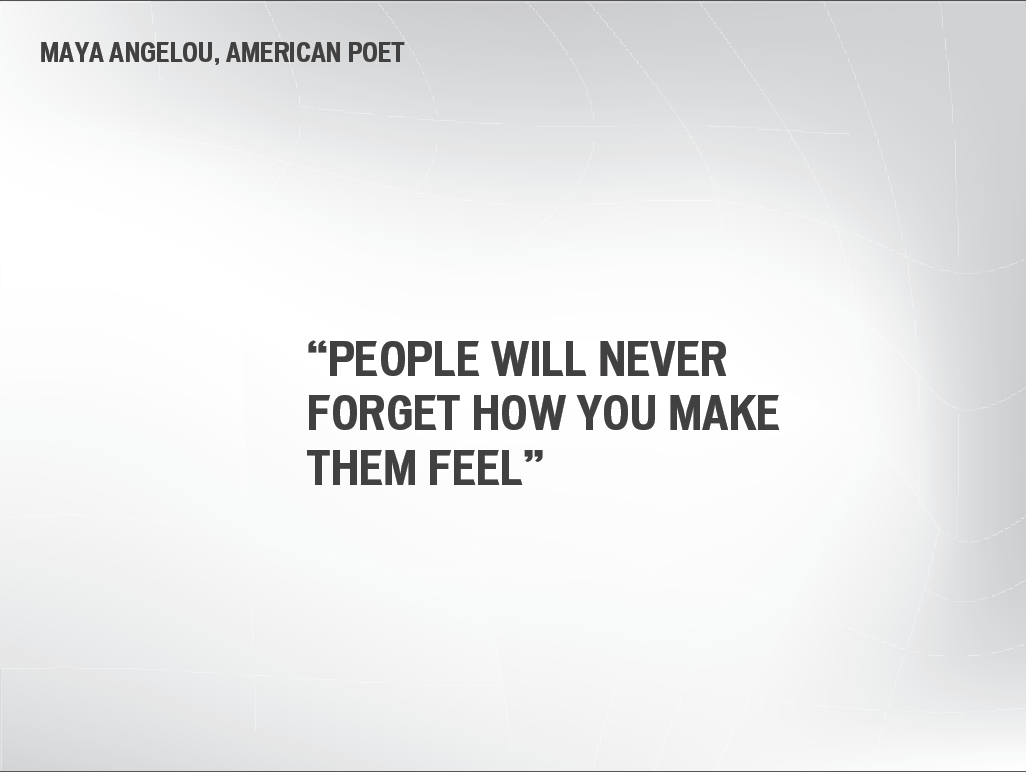
2) Don’t get stuck on the bike itself: As a successful, global brand, Specialized prioritizes the rider rather than the product, Price emphasized, because the bike itself — no matter how innovative and well-designed — isn’t the ultimate selling point and, in fact, can be a barrier.
3) Storytelling brings people in: A focus on personal narratives, stories of everyday people whos lives have been transformed by cycling, is an invitation, a welcoming introduction to bicycling.
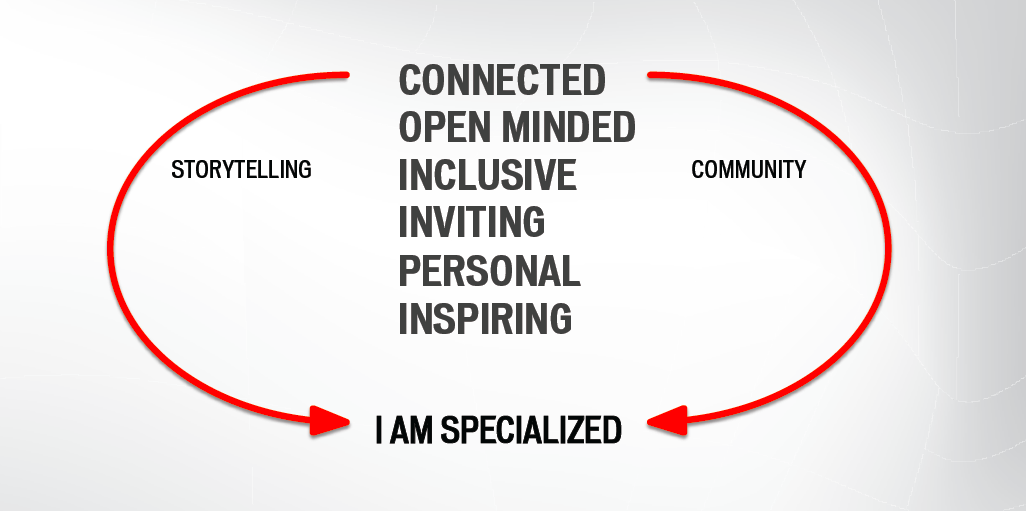
4) Storytelling works both ways: It’s not just telling any anecdote but identifying what will resonate with and inspire your audience, Price added. And providing the opportunity for folks who connect to share THEIR stories, as well.

5) Stories are the bridge to what’s possible: As Tanya Quick shared the personal narrative can show us in real terms what a better future looks like. It’s showing as well as telling, which is immensely powerful.

6) Storytelling isn’t a single yarn, but an intersection: Traditional marketing and advocacy too often stay bound by one or two circles, rather than seeing the importance of personal narrative, need, or motivation — in addition to the bike and its rider.
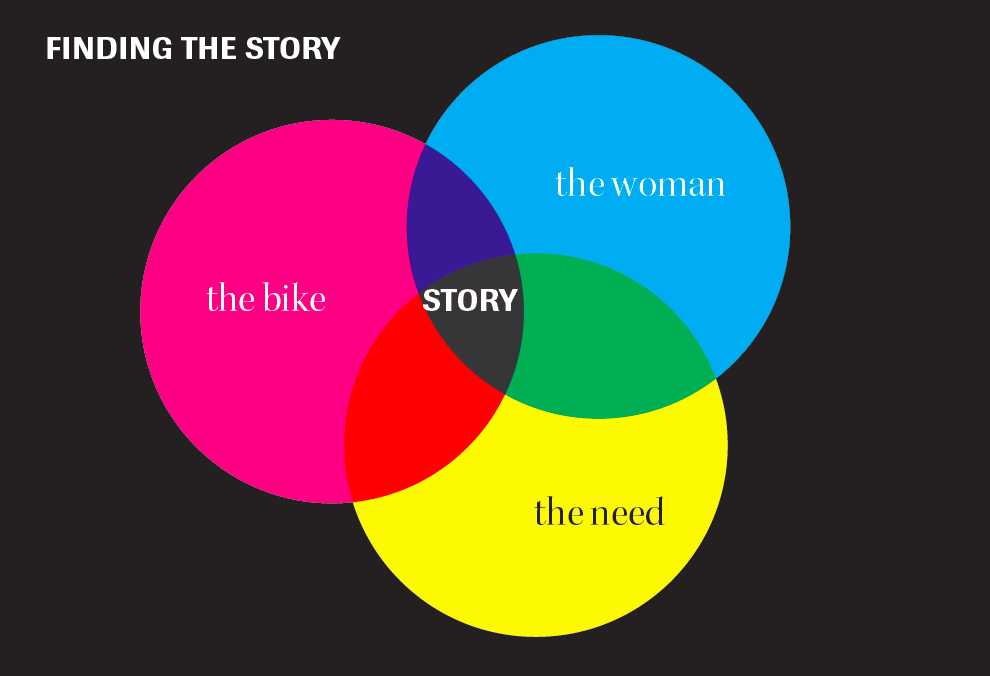
7) Focus on what the bike represents: A bicycle is more than a simple machine. As Quick pointed out, it’s am engine of empowerment, a lightness of being, evidence of civic pride — the list is endless. Reimagine the role it plays in the story of your city and its residents.
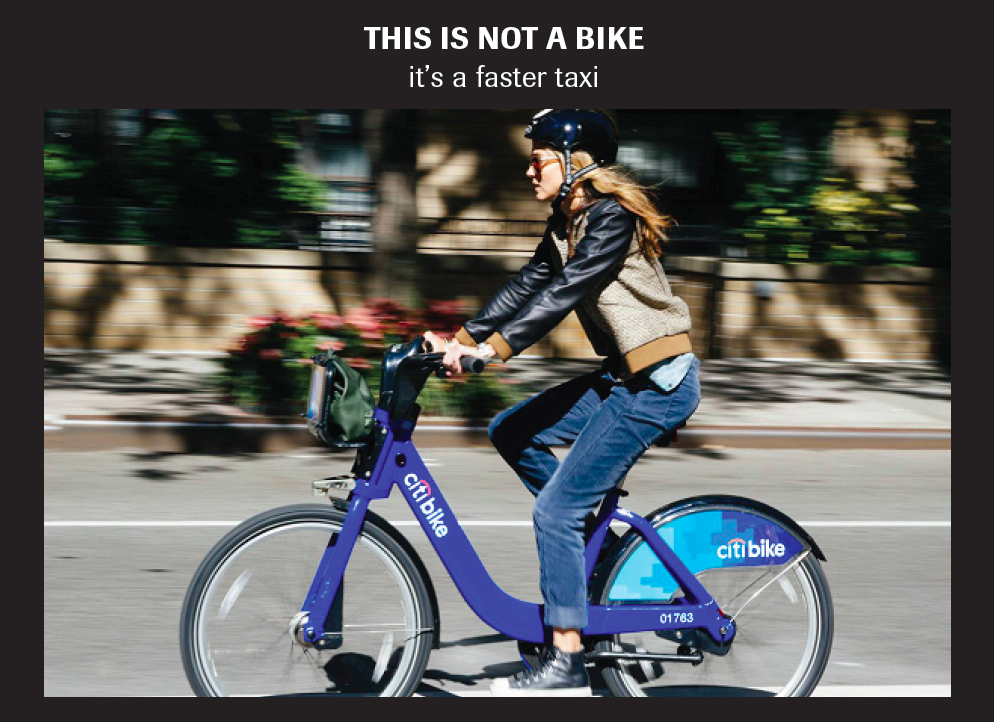
8) Aim for the heart, not for the head: We all agree that bicycling is a good thing, but logic and common sense only get us so far. Ask yourself if you’re appealing to emotion.
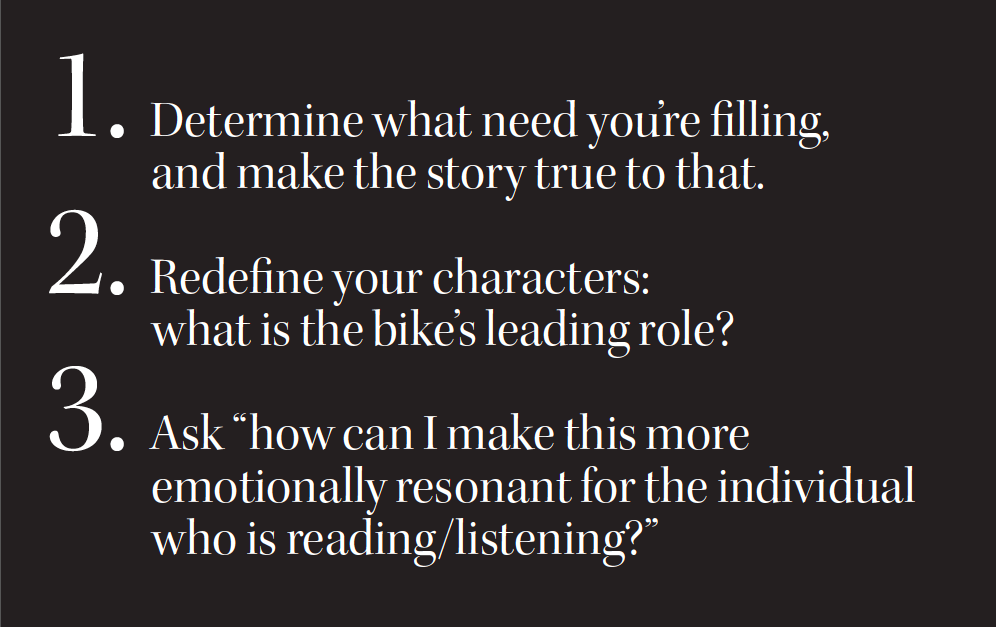
9) You can’t feel what you don’t know: As Leah Flickinger pointed out, good storytelling is relateable — it allows the reader or viewer to say, at least in some small way, “Yeah, that’s me.” A hyper-fit model on the cover of a weight loss issue may be “aspirational,” but perhaps not as inspirational as images and stories of people who better represent the larger population.

10) Storytelling transcends media: Whether your medium is a video or a Facebook post, you can tell a story with a single image or 140 characters.

11) The voice can be as powerful as the content: There are a number of ways women, specifically can be incoporated into media, Flickinger shared: not just as characters in the stories, but also as the storytellers themselves, providing their life-experience to a topic that may or may not be focused on women at all.
12) There is no ONE story about women and cycling: For Rapha, the company narrative revolves around the concept of glory in suffering. Their imagery and marketing is stark and determined — and elegant in its unflinching humanity. In launching a women’s line, Rapha has not only stayed true to its own story but shown the female face of that aspect of bicycling, as well.
